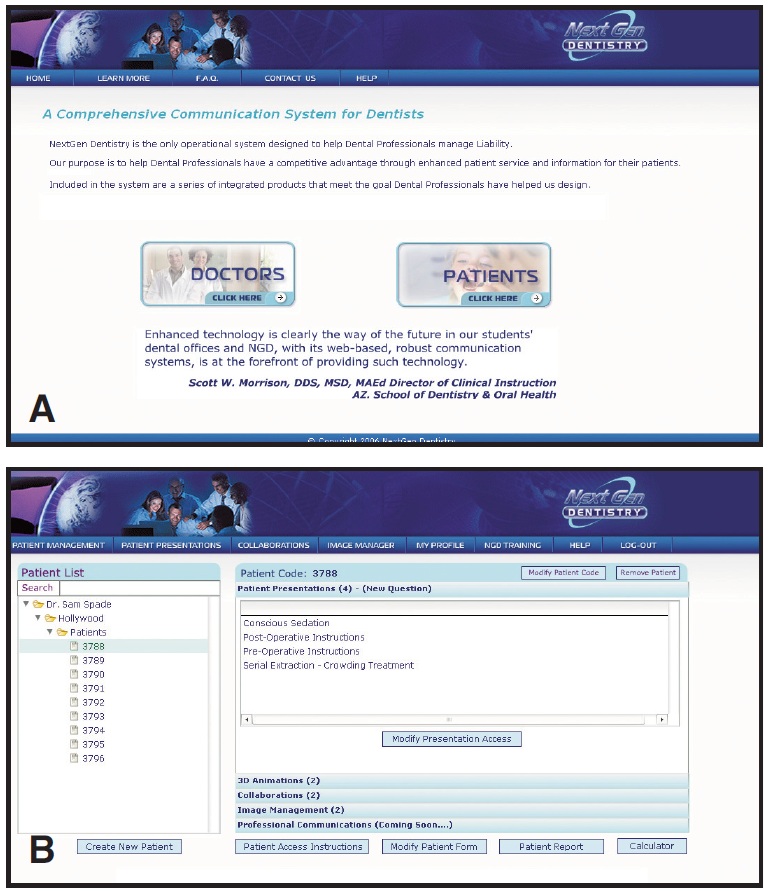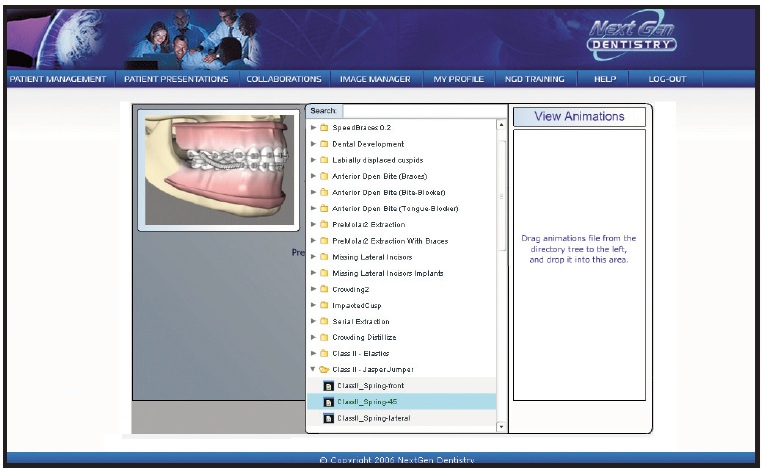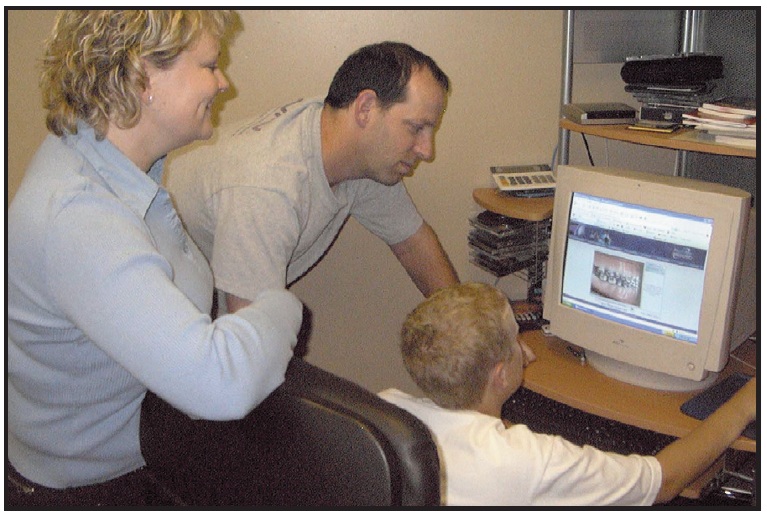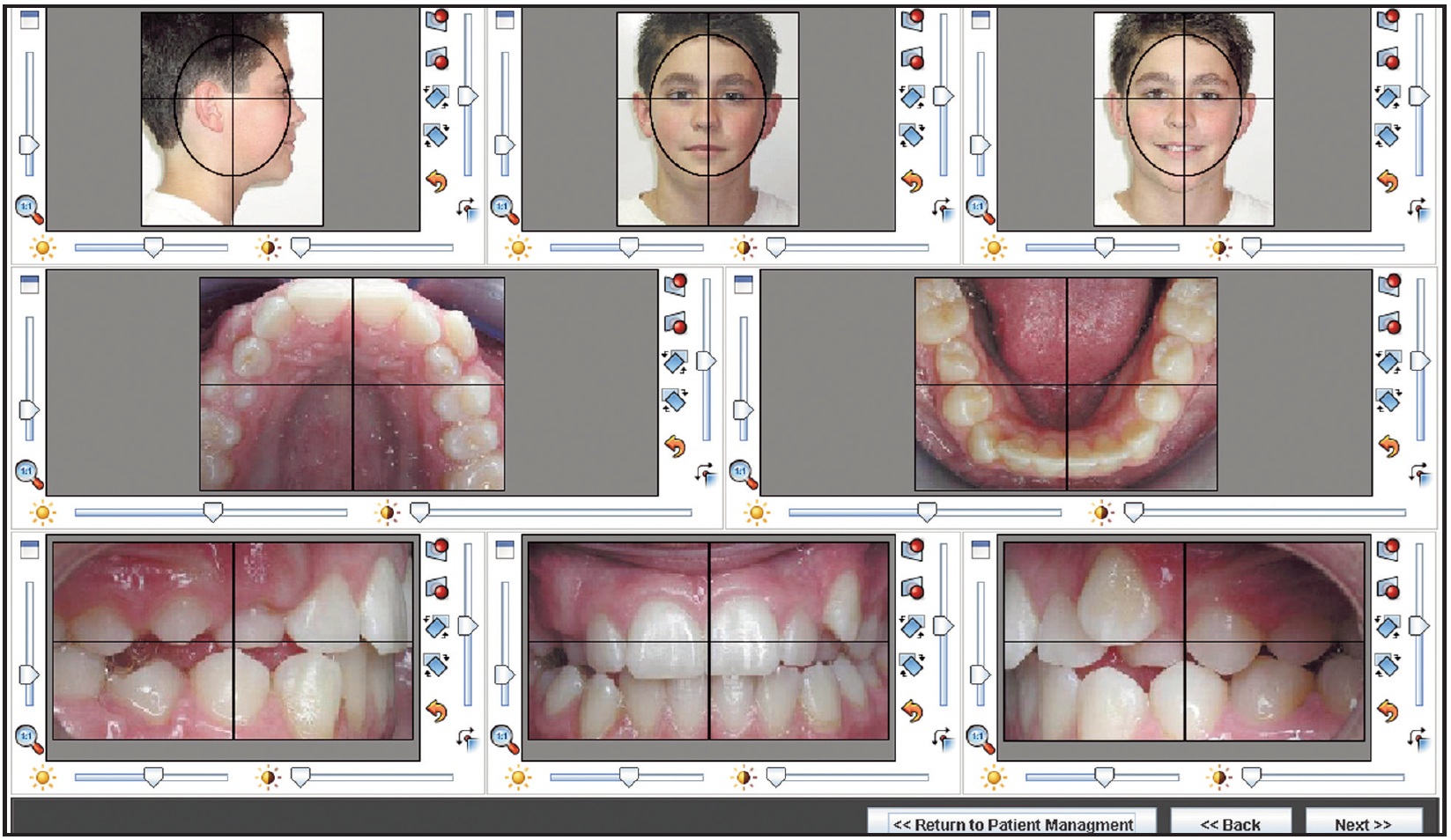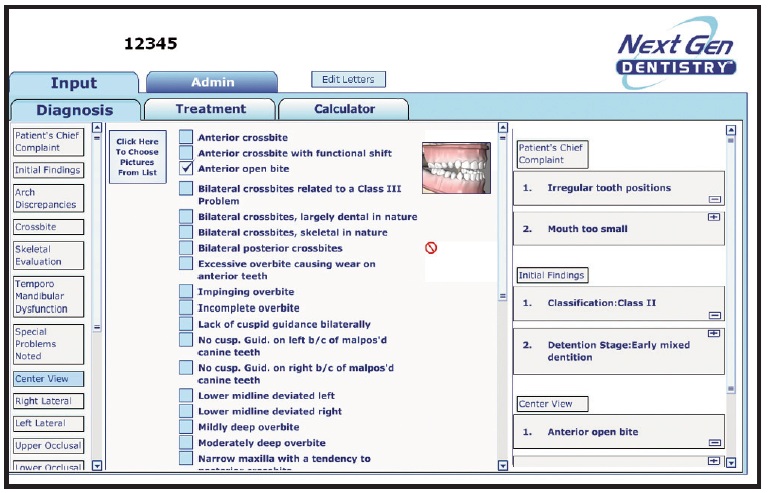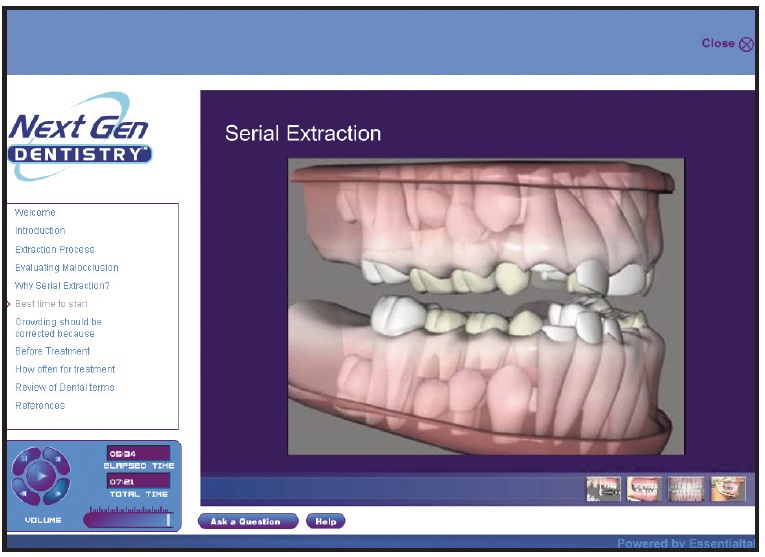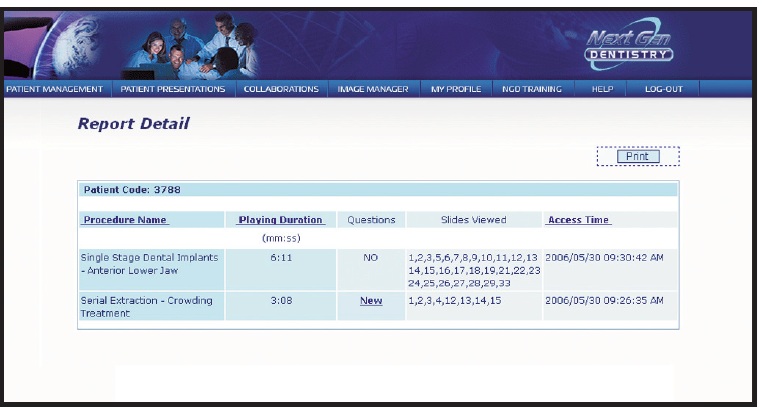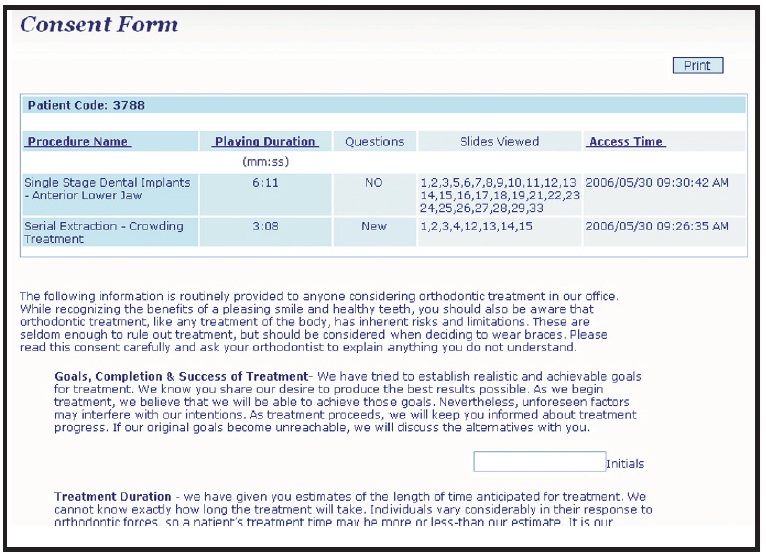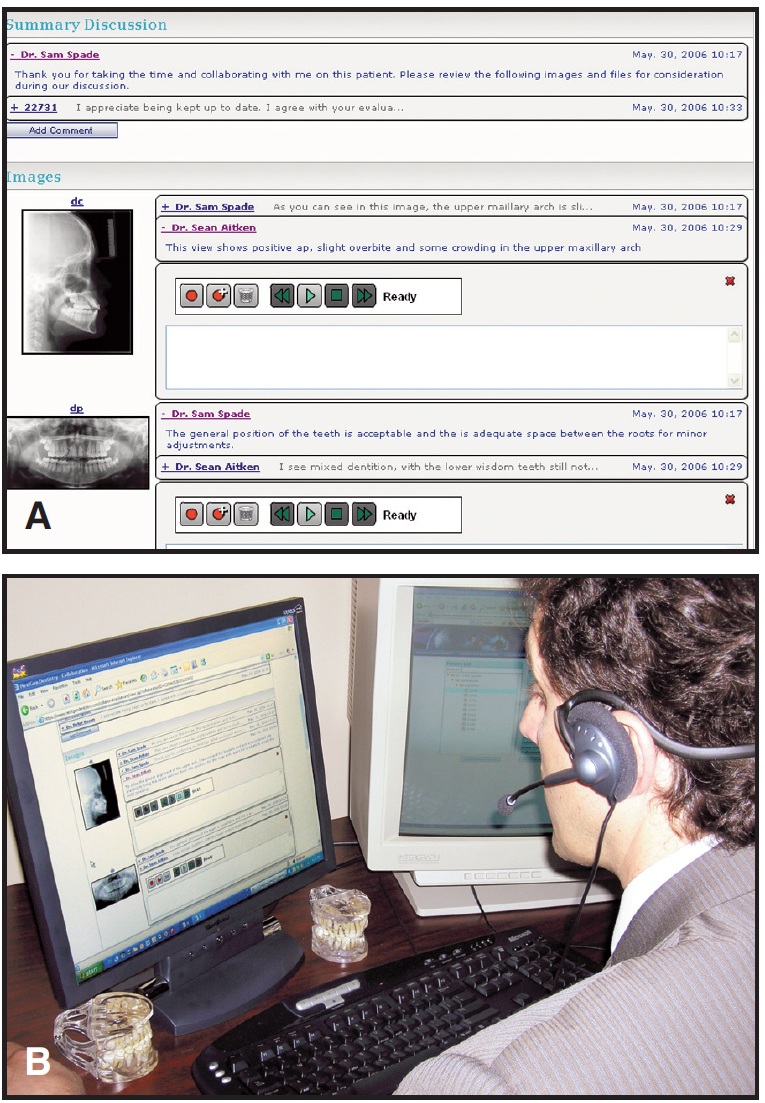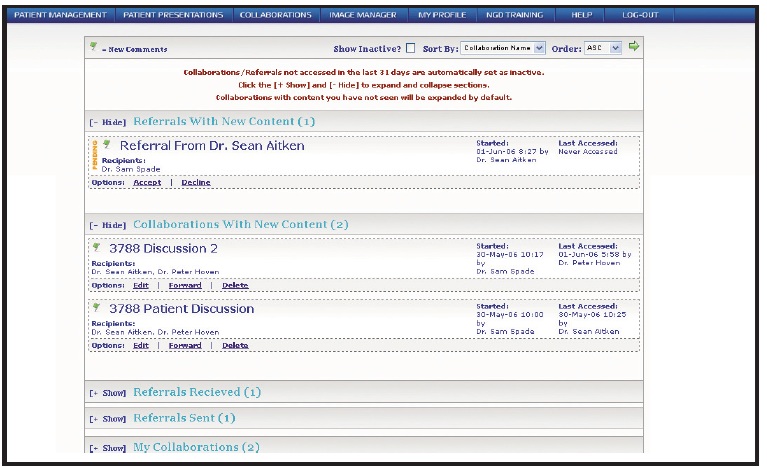Once seen as a controversial method of treatment, the miniscrew, or Temporary Anchorage Device (TAD), as it is generally called today, has become a routine component of most orthodontic practices' armamentaria. The appeal of a device that can provide virtually stationary anchorage in almost any situation now seems undeniable. These days, no graduate orthodontic program is considered complete until the technique is mastered. Still, it took more than 20 years from the publication of Creekmore and Eklund's pioneering paper on the subject (JCO, April 1983) for skeletal anchorage to catch on. That's a long time, even in a conservative health-care profession. What took so long?
I've heard several different explanations, ranging from orthodontists' preference to avoid invasive procedures whenever possible to simple professional inertia--most of us are comfortable doing what we have been doing because it works for us, and we don't want to change. I know both of those explanations could be applied to my own relative reluctance to try TADs. More important, however, most of the highly experienced orthodontists I know, whether they espouse the formal doctrine of evidence-based practice or not, have been slow to adopt miniscrews because of the lack of detailed information on potentially adverse effects. In plainer language, we don't want to use a technique or device if we can't give our patients a good, informed explanation of what to expect.
Similar articles from the archive:
- THE EDITOR'S CORNER Overnight Sensation August 2006
- THE EDITOR'S CORNER Our Evolving Standards April 2006
- THE EDITOR'S CORNER Answering the Questions about Miniscrews January 2005
A quick Medline search on the topic of miniscrews as anchorage devices brings up about 200 papers published since 1996. Only 15 of these, however, have mentioned untoward effects, and even fewer have focused specifically on that subject. While the recent explosion of articles dealing with various skeletal anchorage techniques has convinced many orthodontists to make the leap of faith necessary to begin using miniscrews in their practices, the dearth of papers on the complications of TAD placement still makes many orthodontists justifiably nervous. I know that when I first saw a miniscrew, alarms went off inside my head warning me of the inherent dangers of foreign-body reactions and osseous infections. What helped me overcome those fears? First of all, the strong track record of endosseous implants in restorative dentistry, ever since Branemark legitimized the technique, convinced me that carefully prepared metal objects could be successfully implanted into bone. In addition, the success of the transcutaneous fixation and osseodistraction devices used by orthopedic and trauma surgeons--both MD and DDS--provides sufficient anecdotal evidence for most of us to concede that the communication between the bone and the oral environment allowed by metal miniscrews will not result in infections, provided proper procedures are followed.
In this issue of JCO, we hope to clear away at least one other portion of the cloud of doubt that hangs over TADs. A team of five authors, most of whom will be well known to our readers, presents an empirical paper specifically addressing one of the questions I hear most often from miniscrew neophytes: What happens if I hit the root when I'm putting it in? These researchers, after obtaining approval from the appropriate ethics committee, used the simple and obvious method of intentionally damaging the roots of bicuspids that were already slated for extraction as part of the patients' orthodontic treatment plans. They actually approached the question from two different angles. First, what happens if you move a tooth into a miniscrew? They placed a miniscrew a short distance away from the root of a bicuspid, then moved the tooth into it. Second, what happens if the root is contacted during pilot drilling or placement of the TAD? The authors intentionally "hit" the roots of several bicuspids with a pilot drill, then inserted miniscrews into some of these holes so they were in direct contact with the roots. The experimental teeth were extracted according to the original orthodontic treatment plans and examined histologically. I don't want to spoil the ending--you'll have to read the article to find out the results. Suffice to say the authors provide clear recommendations for avoiding or recovering from any root damage that may be caused by interradicular TAD placement.
Miniscrews are no longer controversial as a means of obtaining orthodontic anchorage. They have moved into the mainstream. This is not to say that we know everything there is to know about them; there are still many issues remaining to be resolved. The article in this month's issue goes a long way toward answering one of the most prevalent questions about the adverse effects of a not-so-new technique.
RGK


